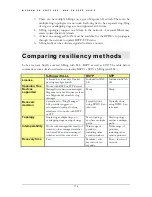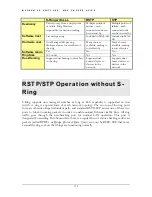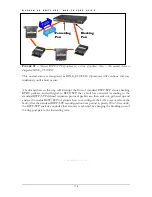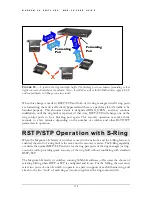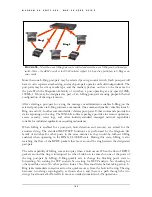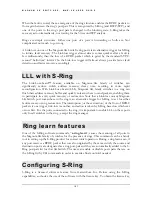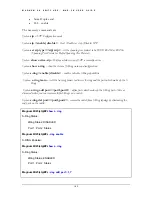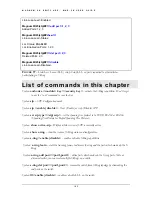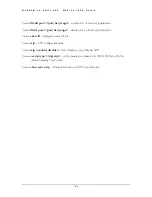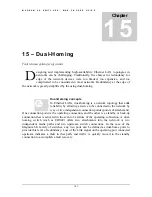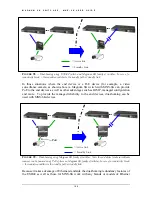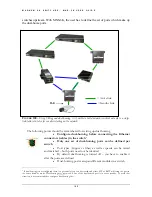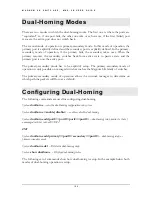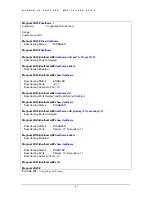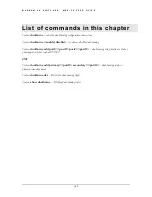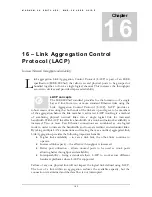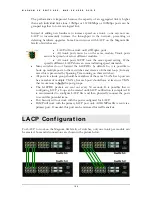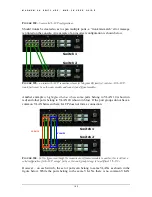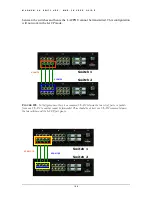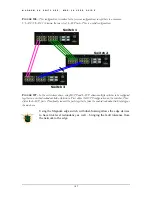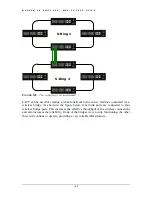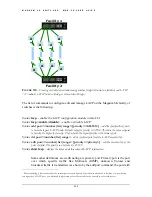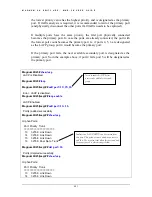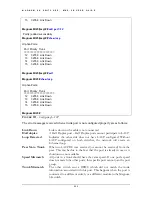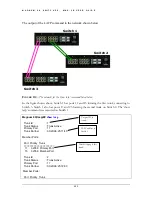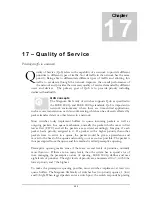
M A G N U M 6 K S W I T C H E S , M N S - 6 K U S E R G U I D E
Dual-Homing Modes
There are two modes in which the dual-homing works. The first one is where the ports are
“equivalent” i.e. if one port fails, the other one take over, however, if the first (failed) port
recovers, the active port does not switch back.
The second mode of operation is primary-secondary mode. In this mode of operation, the
primary port is explicitly defined and the secondary port is explicitly defined. In the primary-
secondary mode of operation, if the primary fails, the secondary takes over. When the
primary recovers, the secondary switches back from active state to passive state and the
primary port is now the active port.
The primary-secondary mode has to be explicitly setup. The primary-secondary mode of
operation is only possible on managed switches such as the Magnum 6K family of switches.
The primary-secondary mode of operation allows the network manager to determine on
which path the packets will flow (as a default).
Configuring Dual-Homing
The following commands are used for configuring dual-homing
Syntax
dualhome
– enter the dual-homing configuration sub-system
Syntax
dualhome <enable|disable>
– enable or disable dual-homing
Syntax
dualhome add port1=<port#> port2=<port#>
– dual-homing setup similar to that of
unmanaged switches such as ESD42
OR
Syntax
dualhome add primary=<port#> secondary=<port#>
– dual-homing setup as
primary-secondary mode
Syntax
dualhome del
– Delete the dual-homing setup
Syntax
show dualhome
– Display dual-homing status
The following set of commands show how dual-homing is setup. In the example below both
modes of dual-homing operation is setup.
190

